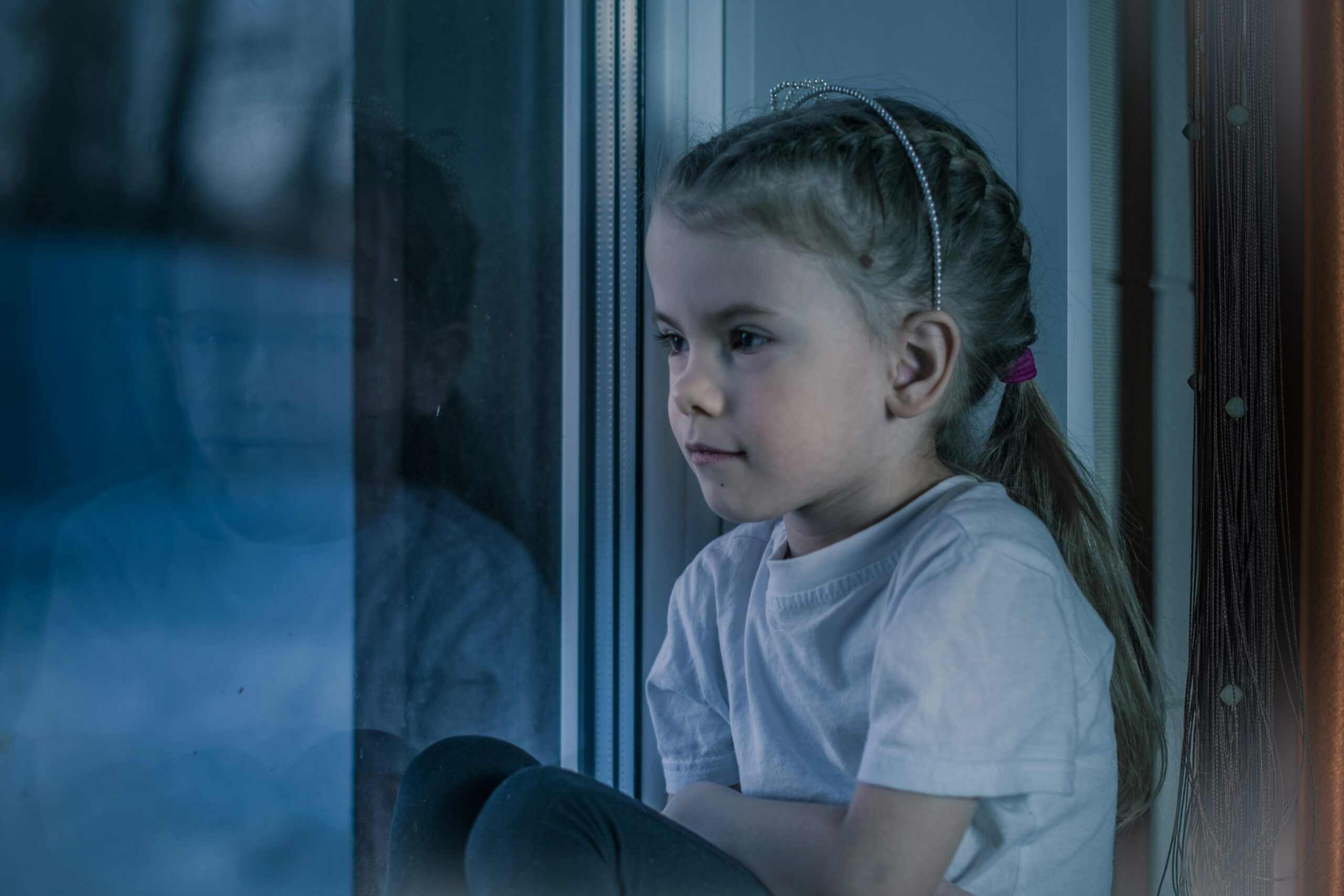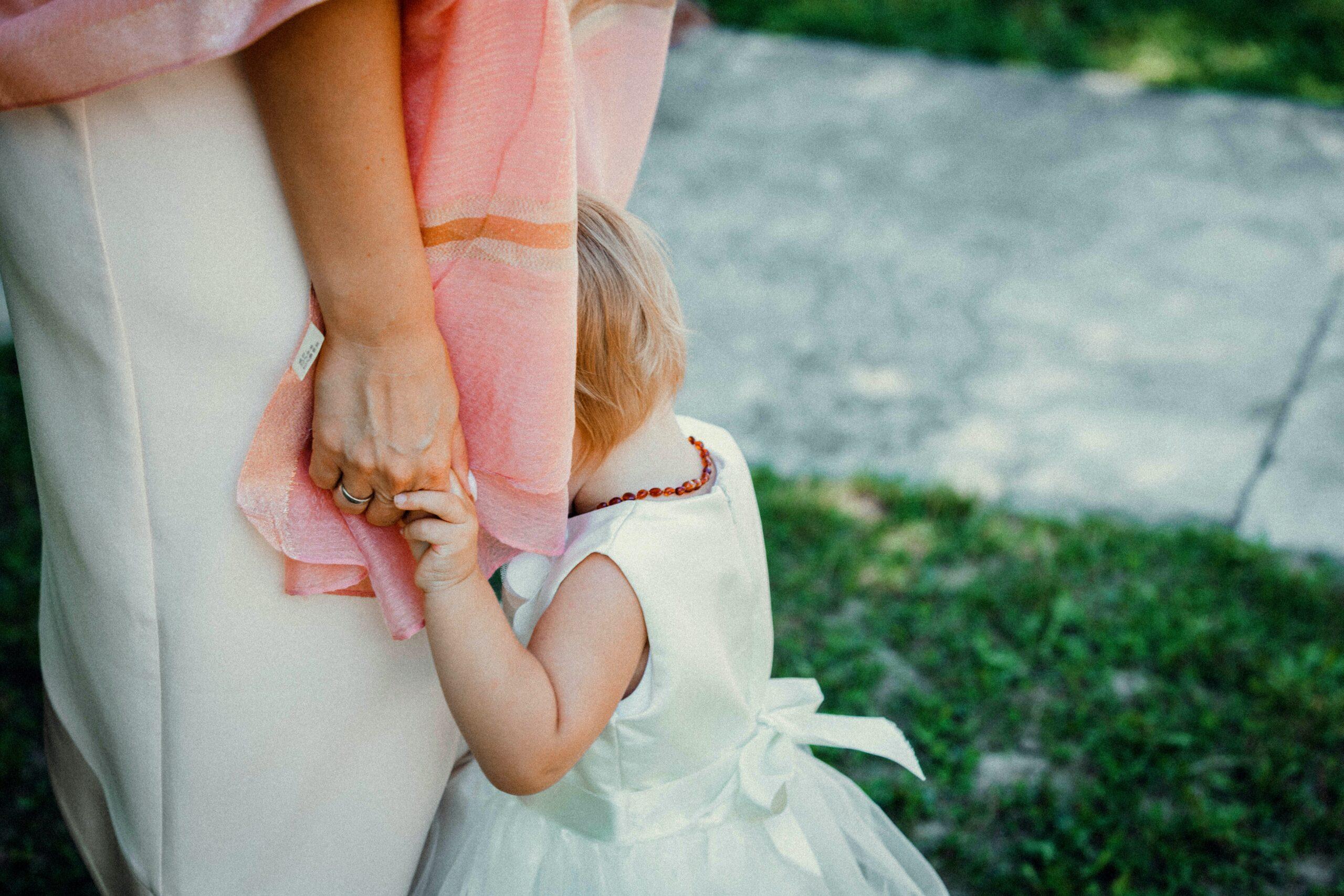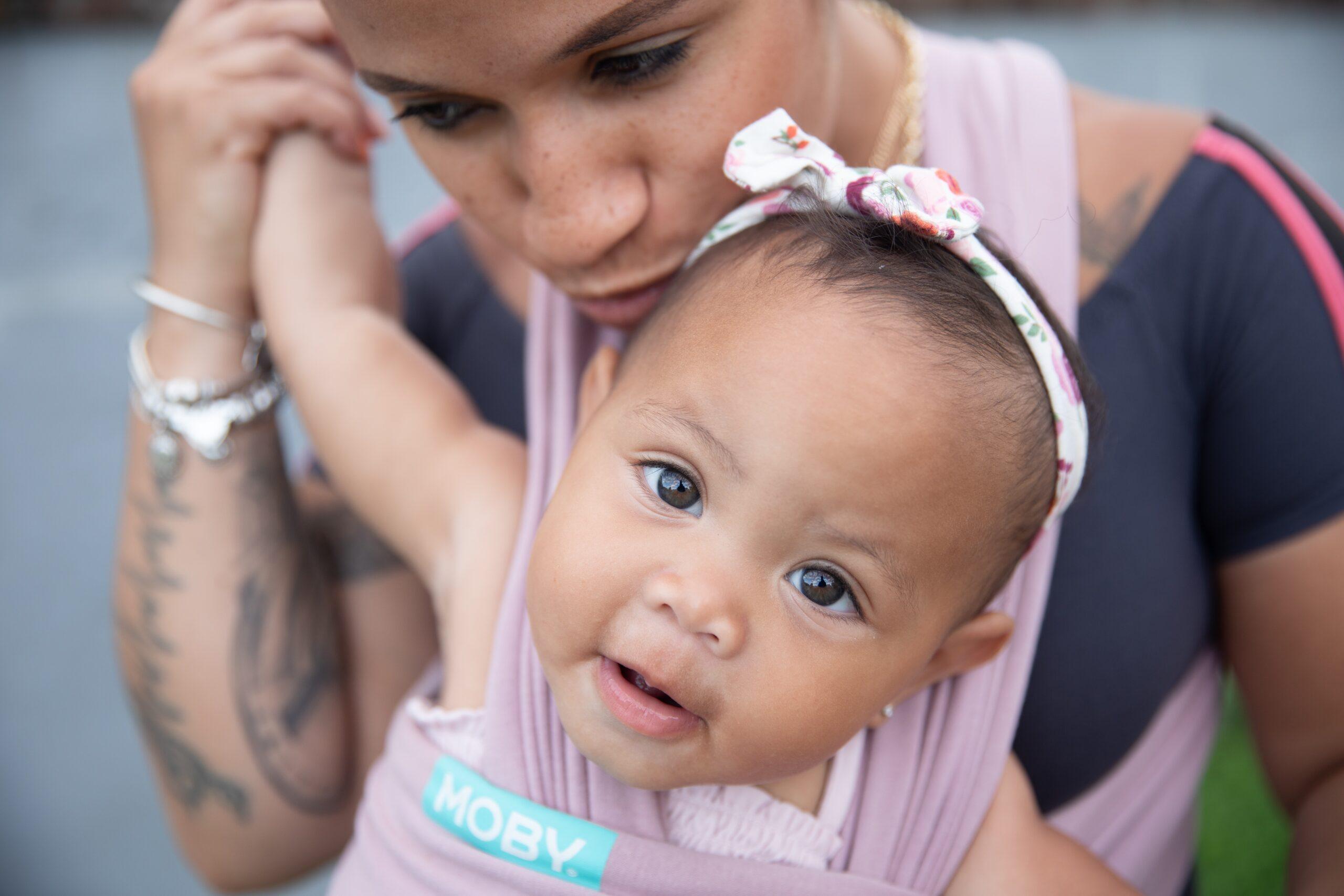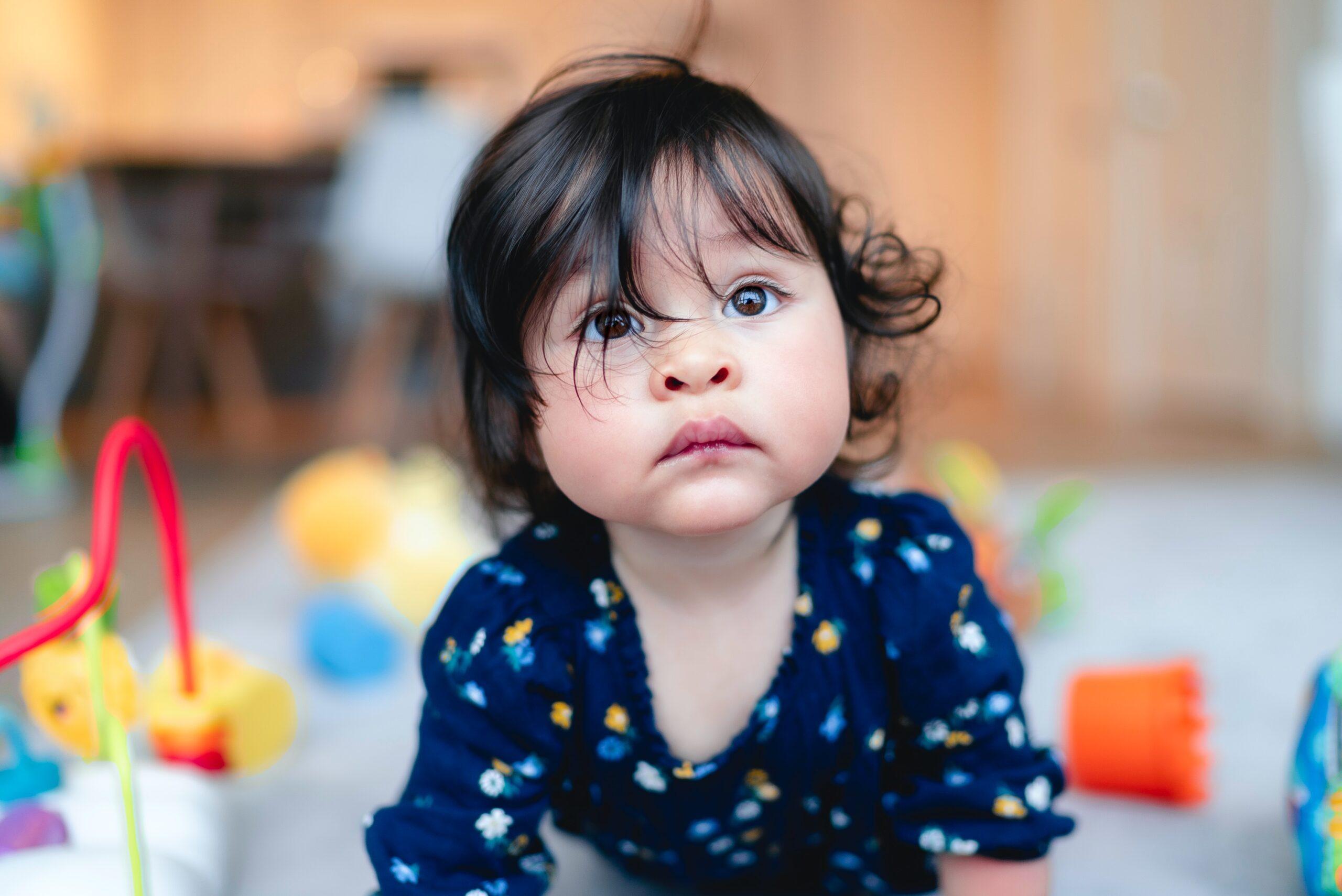When their first baby arrives, most parents do not know what to expect. They receive all sorts of advice about sleeping, feeding and fussy times. Countless books, magazines and parent how-to manuals discuss how parents can influence their infant’s patterns of behavior. But what about a child’s personality?
In time, parents develop an understanding that all of their children are born with their own personality, with individualized patterns of reactivity to lights, sounds, movement and touch. Parents then realize, even with their first child, from early on unique patterns of reactivity and personality were evident.
The Nature of Temperament
Early Signs of Temperament
Child psychologists call the differences among children in reactivity a child’s temperament. Temperament appears early in life and affects the family environment. It is the particular behavioral style that an infant exhibits when confronted with novel auditory or visual stimuli, or the pattern of reactivity that an infant displays to variations in intensity of sounds and sights.
Influence of Temperament on Social Development
Although parents may adopt certain strategies for taking care of their infants, it is the baby’s temperament that determines the success of those strategies. If the baby is low in reactivity to novelty, parents who wish to control situations may have a relatively easy time during child-rearing.
On the other hand, if the baby is highly negatively reactive and the parents try to control a situation, such as by pushing the infant to socialize in a setting in which the infant cannot cope, the situation may deteriorate. Parents may respond to the infant’s distress with their own frustration, further exacerbating the infant’s negative emotional state. Now both the infant and the parents are distressed, preventing mutually rewarding interactions from occurring. Therefore, babies essentially define their caregiving environments.
Long-Term Effects of Temperament
As infants grow up and develop into toddlers, preschoolers and school-age children, their temperaments accompany them. Infants who are temperamentally fearful often grow up into socially reticent preschoolers and shy school-age children. Exuberant, temperamentally happy infants often continue to be happy, engaging youngsters. And, impulsive, highly active infants may continue to exhibit these traits as they grow older.
Key Points for Parents
Diversity of Temperaments
There are many different temperaments. Scientific research suggests that each temperament is the product of genetics and brain chemistry, and there are many different combinations of these genes and chemicals. We read a lot about highly reactive infants, as well as fearful, vivacious and shy children. But there are probably many other types of temperaments that have not been as carefully described by child psychologists, yet that have meaningful effects upon children’s growth and development.
Extremes and Continuity
Many of the findings reported about the powerful influence of temperament are about children at the extremes. For example, it appears that highly reactive infants who express distress to novelty are likely to exhibit socially reticent behaviors as older children. However, these findings are only found when looking at the most extremely reactive infants. The majority of infants who show variations in reactivity are unlikely to show strong continuity across development.
Gene-Environment Interactions
The influence and importance of temperament do not determine biology. Quite the contrary. Scientists used to argue whether a child’s development was a product of nature or nurture. Not anymore. Over the last ten years, with advances in molecular genetics and the decoding of the human genome, it has become clear that genetics alone does not determine outcomes for the complex behaviors of human personality.
The cutting-edge thinking about how genes work is through what are called gene-environment interactions. What this means is that two individuals may have the same gene but may grow up in very different families and environments. One may grow up in a family with low stress and bountiful resources. Another may grow up in a family where there is stress, frequent arguments, chaos, confusion and limited resources. Even though both children have the same gene, one environment will activate the gene for shyness, while another won’t. Thus, there is an interaction between nature and nurture, between genetics and the environments in which children develop.
How does the environment activate the gene? Though we currently do not know, scientists believe that it is the child’s interaction with the environment, along with the interpretation of the environment, that somehow changes gene expression in the brain.
Practical Advice For Parents
There are a number of ways that knowledge of temperament may help parents to raise their children.
Be observant
It is important to understand that from the first days of life, infants are different from each other. These differences determine how infants adapt to the world— how easily they will sleep, how easily they will soothe and what emotions they will express most often.
Parents who are observant and track these patterns generally have an easier time predicting what will or won’t work with their infants, than parents who do not observe temperament patterns. When parents prevent heightened states of infant distress, they avoid the potential for infant negativity to turn into parent-infant negativity.
Provide specific caregiving
Also be mindful that infants generally need specific caregiving experiences. For example, infants with fearful temperaments often cause their moms and dads to be over-protective, actively deciding to keep their infant or young child out of harm’s way. However, research shows that parents of fearful infants who introduce multiple types of experiences and gradually expose their infants to novel events may moderate that fearful temperament in good ways.
Be flexible
Individual differences in infant reactivity may change over time and as a function of situations. An event that did not distress your newborn today may begin to distress him tomorrow.
Likewise, an infant who was previously amenable to being passed around to enthusiastic friends and family members may suddenly exude extreme distress when Aunt Mary swoops in to take him out of your arms. Or, a toddler who was hesitant to interact with peers may decide to assert herself on the playground one Sunday afternoon by snatching another child’s toy.
In short, what constitutes the optimal caregiving experience, or the best “fit” between parent and child, is not likely to remain static. Environmental forces continually act upon an infant’s genetic predisposition to change behavior. The challenge to parents is to rise to each new occasion by adapting their practices to the changing needs of the infant.




